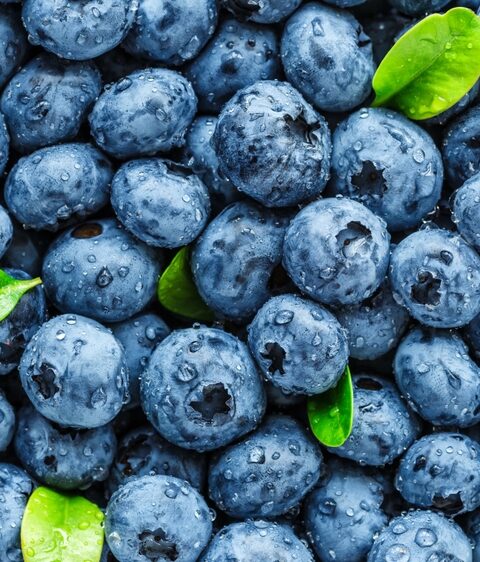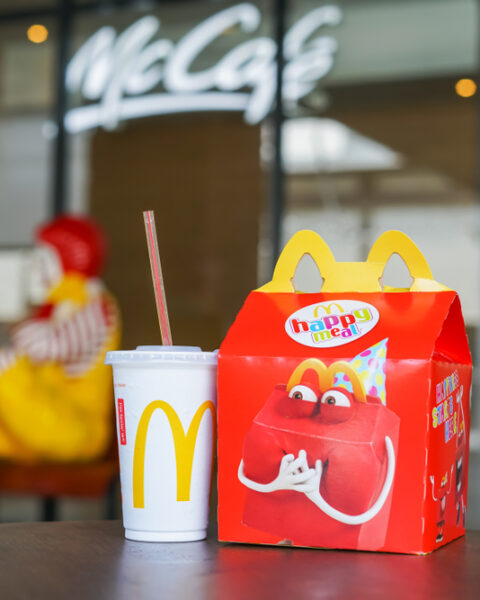Ever felt like your grocery bill is higher than it should be? You’re not alone. While we all need to stock up on essentials, some grocery store items come with a price tag that just doesn’t match what’s inside the package. There are plenty of products that might be draining your wallet without offering much in return. Let’s take a look at some of the biggest culprits when it comes to overpriced grocery store finds.
Contents
- 1 Pre-Cut Vegetables and Fruits
- 2 Name-Brand Cereals
- 3 Bottled Water
- 4 Pre-Shredded Cheese
- 5 Packaged Salad Mixes
- 6 Single-Serve Snacks
- 7 Protein Bars
- 8 Name-Brand Spices
- 9 Frozen Meals
- 10 Pre-Made Smoothies and Juices
- 11 Salad Dressings
- 12 Sliced Bread
- 13 Pre-Seasoned Meats
- 14 Gourmet Ice Cream
- 15 More From RetailShout
- 16 15 Best Bottled Salsas You Can Buy, Ranked
- 17 10 Practical Money-Saving Benefits of Decluttering Your Home
Pre-Cut Vegetables and Fruits
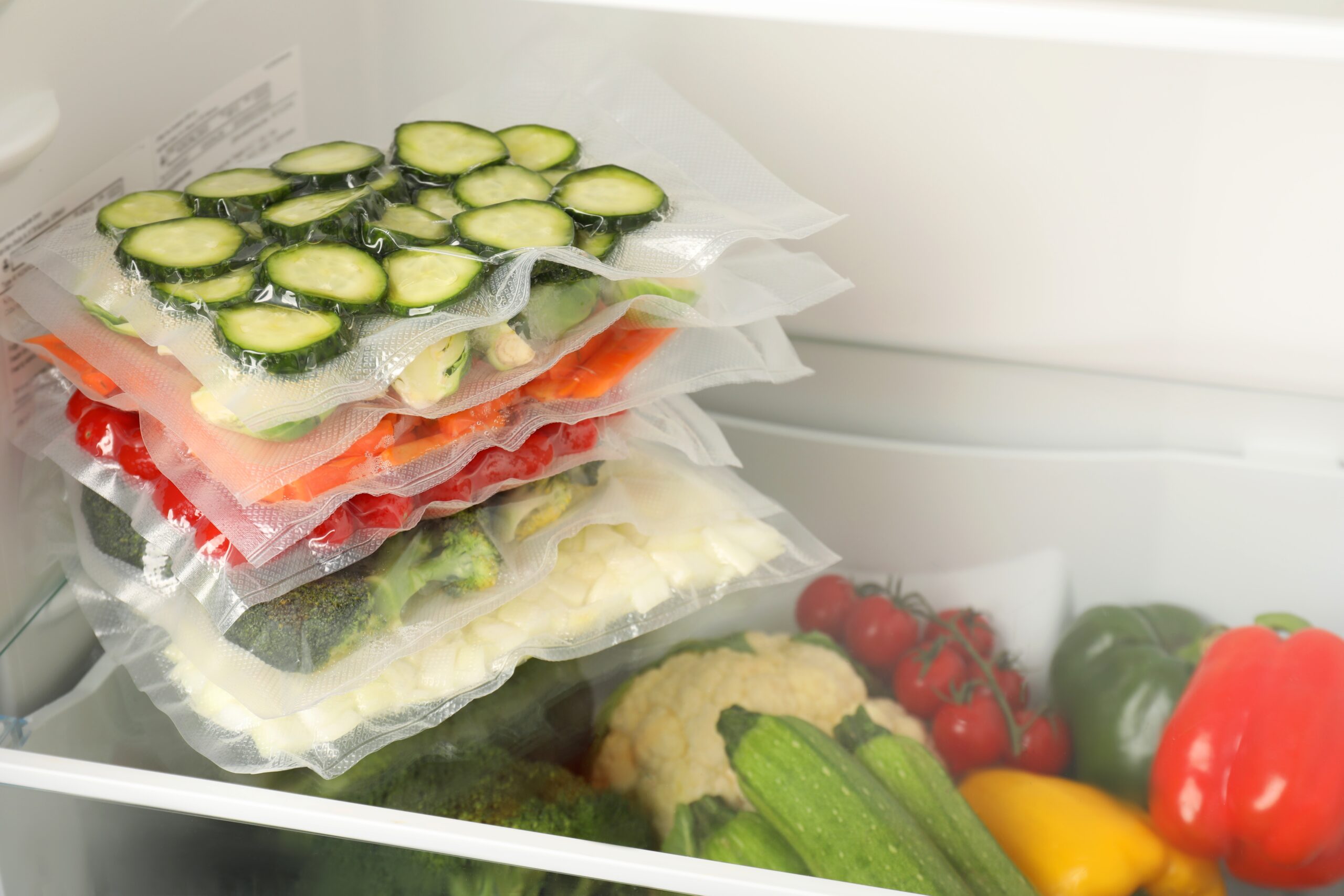
Convenience comes at a cost, and pre-cut fruits and vegetables are a prime example of that. While they save time, the markup on these items can be staggering, often two to three times the cost of whole produce. You’re paying for the labor, packaging, and sometimes even preservatives to keep them fresh. In many cases, pre-cut produce loses its freshness quicker than whole versions, giving you less time to consume it. You’re better off buying whole fruits and vegetables and cutting them at home to save money and ensure longer freshness.
Name-Brand Cereals

Name-brand cereals often come with a hefty price tag compared to store-brand alternatives. In most cases, the ingredients and nutritional content are nearly identical. What you’re really paying for is the branding and advertising costs that come with well-known cereal companies. Store-brand cereals can often taste just as good, sometimes even better, and they come at a fraction of the price. Opting for generic versions can save you significantly over time, without compromising on quality.
Bottled Water

Despite the marketing, bottled water is often no better than the water that comes out of your tap. In fact, many bottled water brands are essentially filtered tap water sold at an exorbitant markup. You can save a substantial amount by investing in a reusable water bottle and a home water filtration system. Not only does this reduce waste, but it also cuts down on a recurring expense that adds up quickly. Bottled water might be convenient, but it’s rarely worth the price when cheaper and more sustainable alternatives are available.
Pre-Shredded Cheese
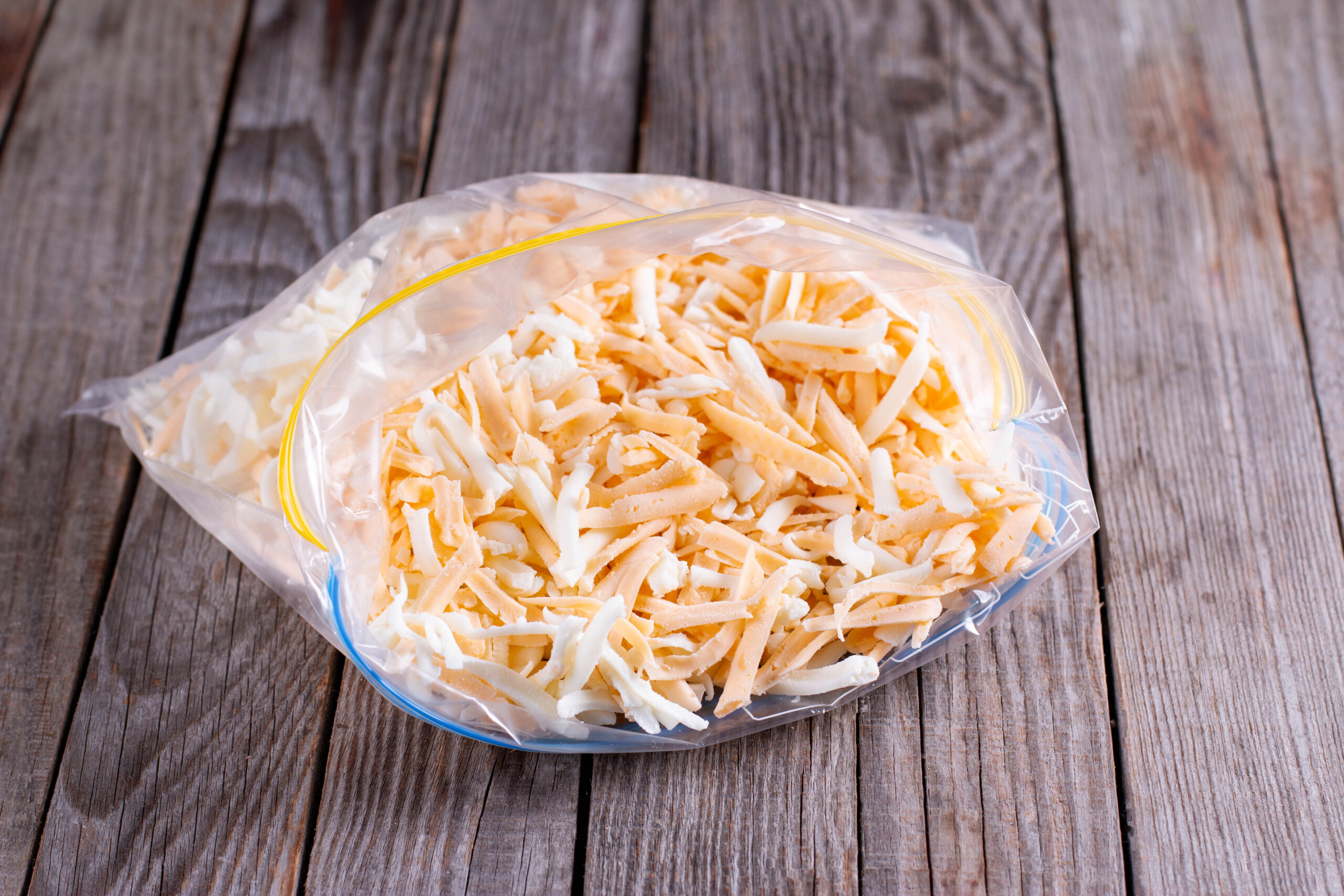
Pre-shredded cheese is undeniably convenient, but the added cost may not be worth it. It often contains anti-caking agents to prevent clumping, which can affect the taste and melt quality. A block of cheese is not only cheaper per ounce but also fresher and more flavorful. Shredding your own cheese takes just a few minutes and can save you a considerable amount of money in the long run. Plus, you avoid the additives commonly found in pre-packaged shredded cheese.
Packaged Salad Mixes
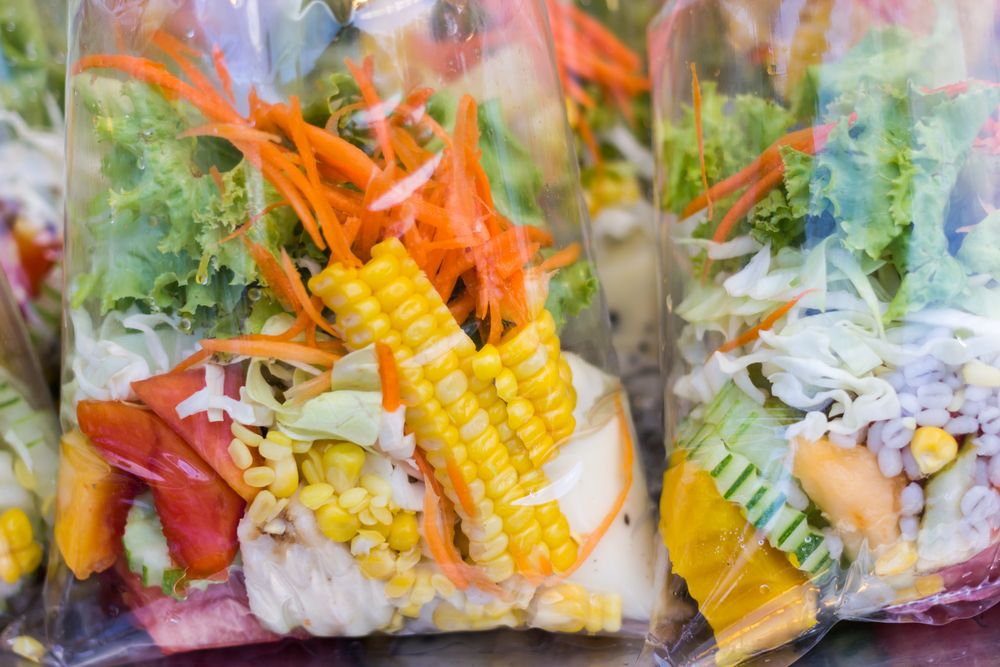
Packaged salad mixes are marketed as a quick and healthy meal option, but the convenience comes with a high price tag. You can buy whole lettuce heads and other vegetables for a fraction of the cost and make your own salads at home. These mixes also have a shorter shelf life due to pre-washing and packaging, which means they can spoil quickly. When you add up the cost of buying pre-packaged salads regularly, the expense outweighs the time saved. Creating your own salads from fresh ingredients is a budget-friendly and healthier option.
Single-Serve Snacks
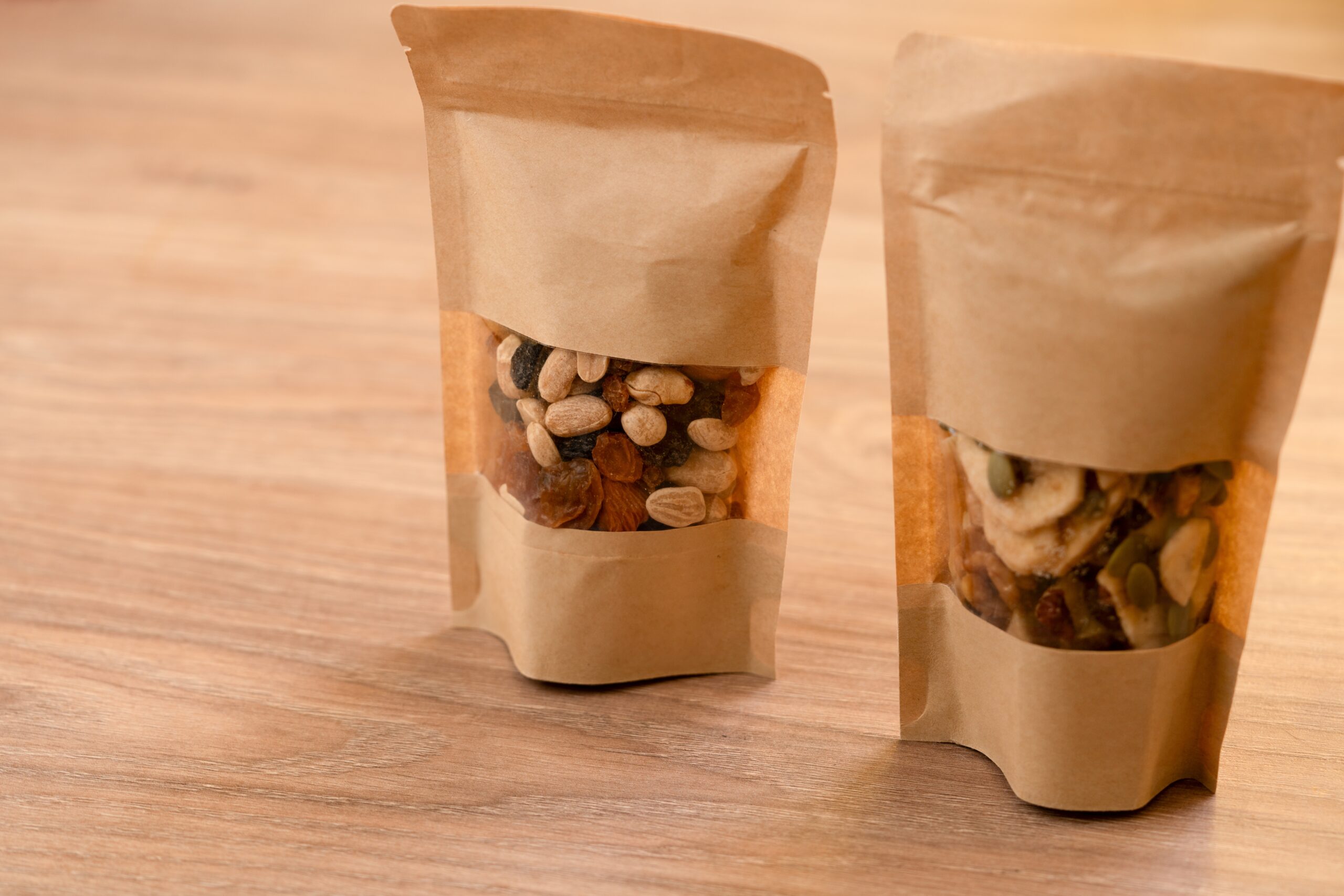
Individually packaged snacks, like single-serve chips or nuts, may be convenient for on-the-go consumption, but the markup is substantial. Buying in bulk and portioning them out yourself into reusable containers can save you a lot of money. Additionally, buying in bulk is often more environmentally friendly, as it cuts down on the amount of plastic waste. Convenience is nice, but when you’re paying double or triple for the same amount of food, it’s not always worth the cost. Preparing snacks at home is a simple way to avoid this grocery store trap.
Protein Bars

Protein bars are marketed as a health food, but many of them are overpriced and not much different from candy bars in terms of sugar content. The convenience of grabbing a quick snack comes with a hefty price, often costing a few dollars for just one bar. Instead, you can make your own protein bars at home for a fraction of the price using ingredients like oats, nuts, and protein powder. Homemade versions are not only cheaper but often healthier, allowing you to control the sugar and nutrient content. Store-bought bars are rarely worth the cost for what you’re getting.
Name-Brand Spices
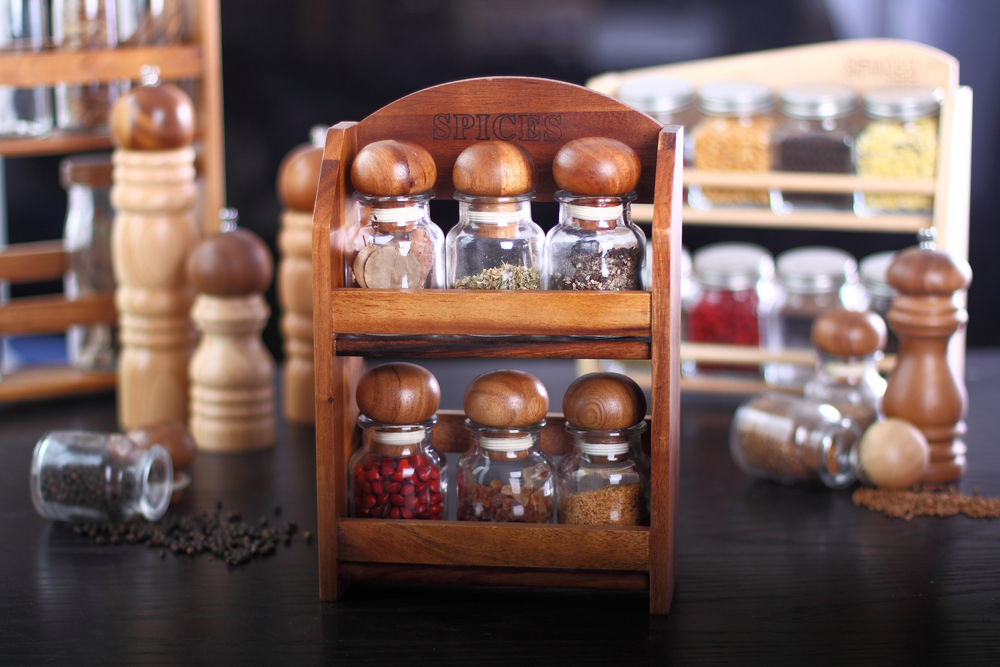
Spices are essential for cooking, but name-brand spices can be shockingly expensive, especially for the small amount you get. Often, generic or store-brand spices are just as good in quality, if not identical to their name-brand counterparts. You’re primarily paying for the packaging and branding rather than superior flavor. Bulk spice sections at some grocery stores or online retailers offer much better deals. Opting for these alternatives can save you a surprising amount, especially for spices you use regularly.
Frozen Meals
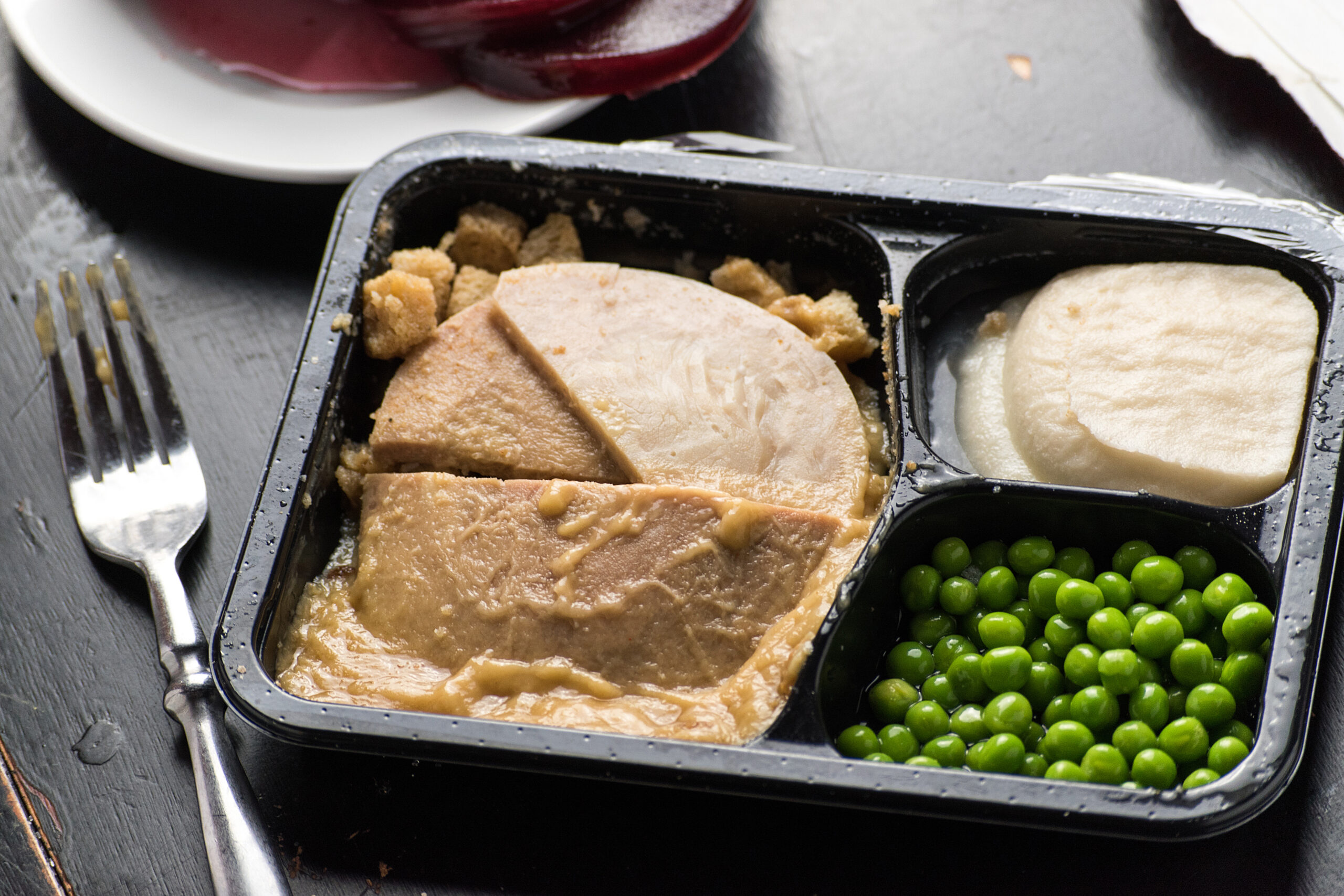
Frozen meals are convenient for busy weeknights, but the convenience comes at a steep cost. Many frozen meals are priced higher than if you were to cook a similar dish from scratch. They often contain lower-quality ingredients, too much sodium, and preservatives to extend shelf life. If time is an issue, consider batch cooking your own meals and freezing them for future use. You’ll save money, eat healthier, and have more control over the ingredients in your food.
Pre-Made Smoothies and Juices
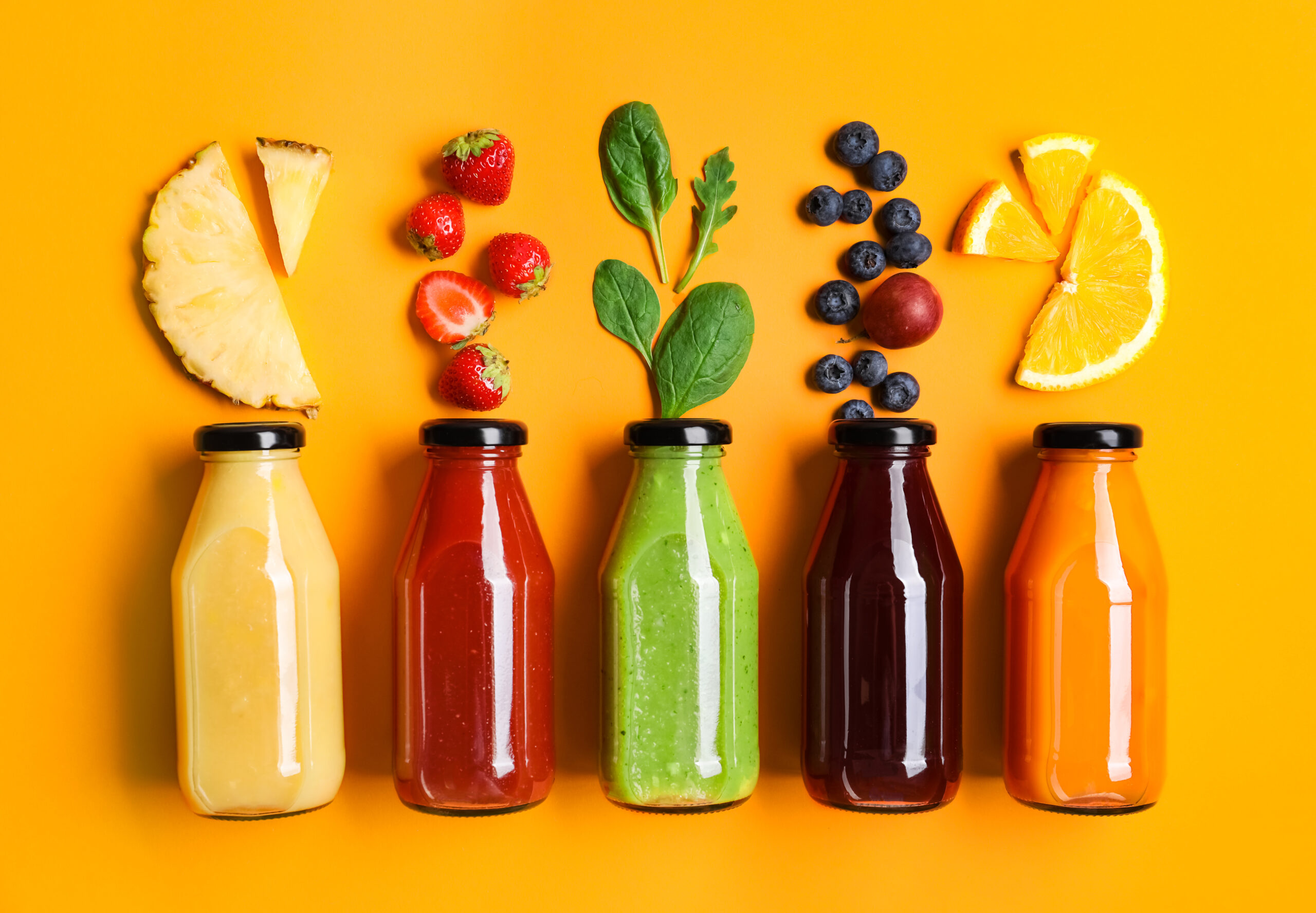
Pre-made smoothies and juices might seem like a healthy option, but they are often overpriced and packed with sugar. Many store-bought versions are made from concentrates, not fresh ingredients, which diminishes their nutritional value. Making smoothies or juices at home allows you to control the sugar content and ensure you’re using fresh fruits and vegetables. Investing in a good blender can save you a lot over time compared to buying these products regularly. You also get the benefit of knowing exactly what’s going into your drink.
Salad Dressings
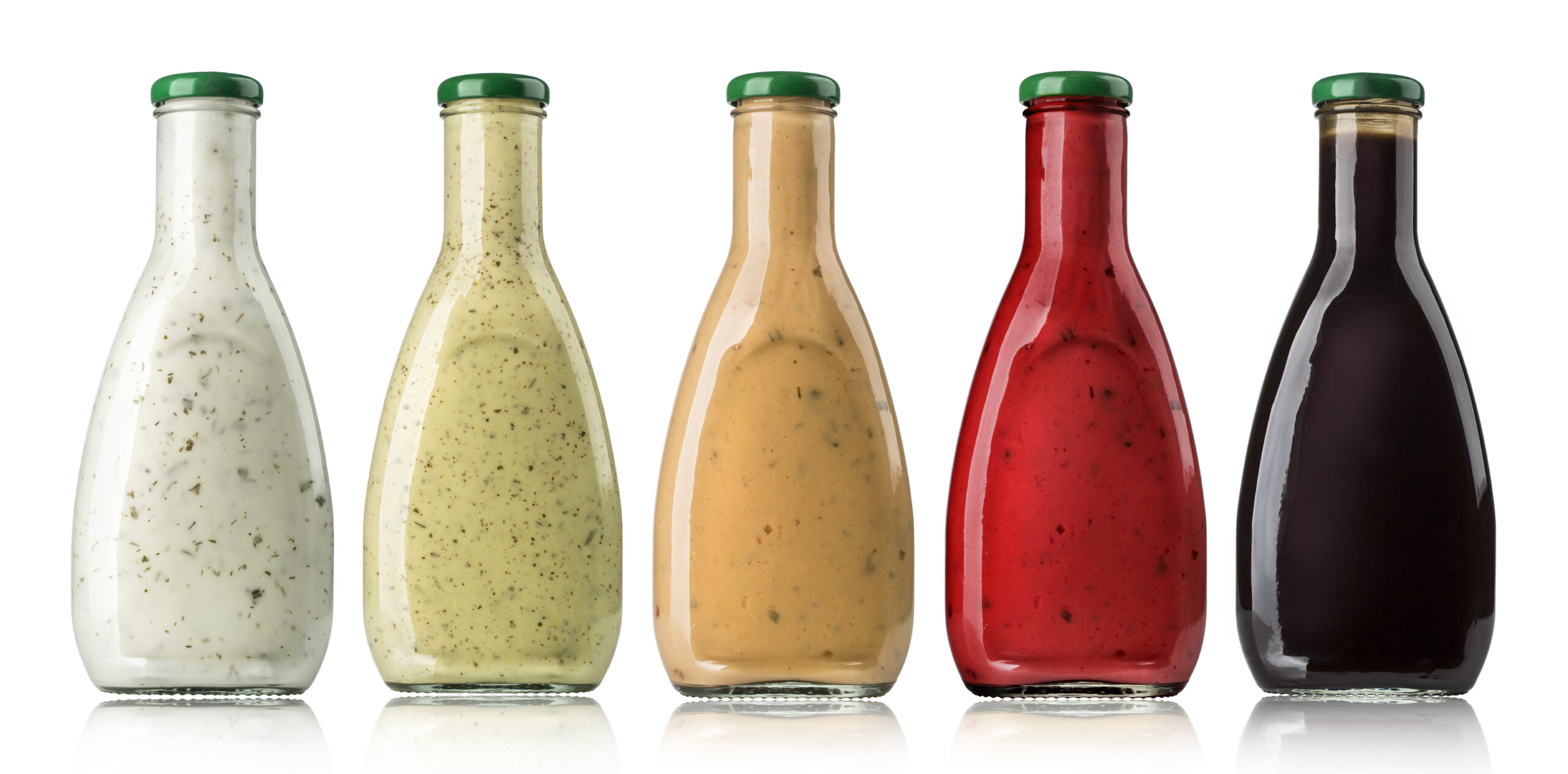
Store-bought salad dressings can be pricey for what you get, especially when considering how easy and inexpensive it is to make your own. Many bottled dressings are loaded with preservatives, added sugars, and unhealthy fats. With just a few simple ingredients like olive oil, vinegar, and herbs, you can whip up a delicious dressing at home for a fraction of the cost. Homemade dressings are fresher and allow you to control the flavor and nutritional content. In the long run, this can save you money and lead to healthier meals.
Sliced Bread

Pre-sliced bread from the grocery store can be overpriced, especially for premium or artisan brands. The cost of convenience, along with packaging, drives up the price, making it much more expensive than baking your own. If you have the time, baking bread at home can save you quite a bit of money and yield fresher, more delicious results. Even if you’re not inclined to bake, buying bread from a local bakery can sometimes be a better deal. You’ll get higher-quality bread without the premium grocery store markup.
Pre-Seasoned Meats
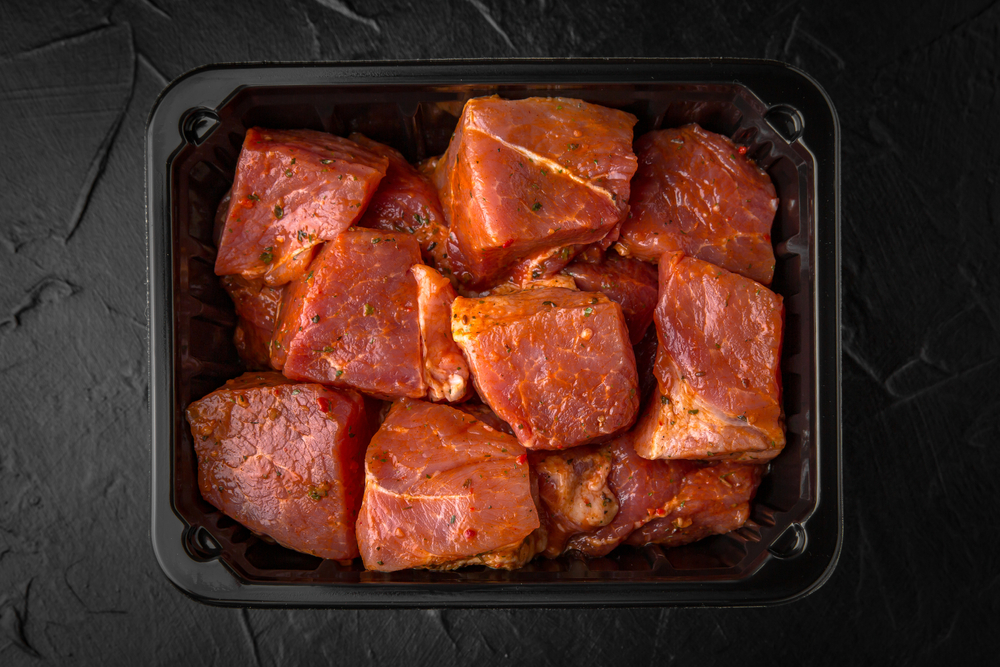
Pre-seasoned meats may save you time in the kitchen, but they’re often marked up significantly compared to plain cuts of meat. The added cost is for the seasoning, which you could easily do yourself at home. Buying unseasoned meat allows you to customize the flavor while saving money. Additionally, pre-seasoned meats often contain extra sodium, preservatives, and artificial flavors that may not be as healthy. Opting for plain cuts and seasoning them yourself offers better control over both taste and nutrition.
Gourmet Ice Cream

While gourmet ice cream can be a delicious treat, the price is often much higher than necessary. Many premium brands charge more for fancy flavors and packaging, but you can get just as satisfying a dessert from less expensive brands. In some cases, you’re paying for the brand name rather than the quality of the ice cream itself. Store brands or smaller, local ice cream makers can offer a comparable product at a lower price. Indulging in ice cream doesn’t have to break the bank if you’re willing to explore other options.
This article originally appeared on RetailShout.
More From RetailShout
15 Unique Aldi Products You Won’t Find at Other Grocery Stores
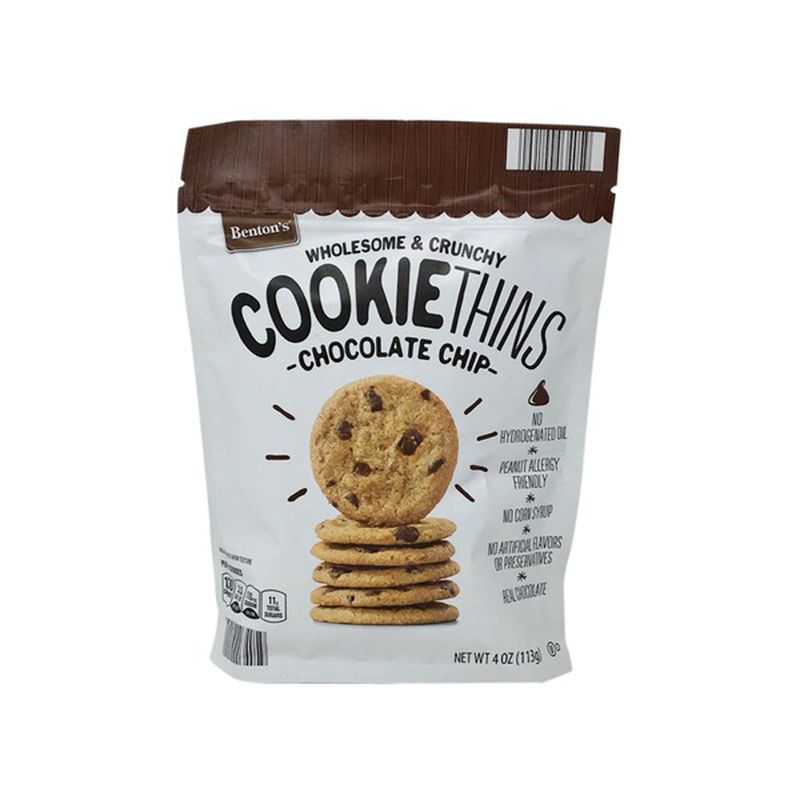
Aldi is known for offering high-quality products at budget-friendly prices, but what truly sets the retailer apart are its exclusive offerings that you won’t find anywhere else. From gourmet food items to innovative household products, Aldi’s shelves are packed with unique finds that cater to every aspect of your lifestyle. Read More.
15 Best Bottled Salsas You Can Buy, Ranked
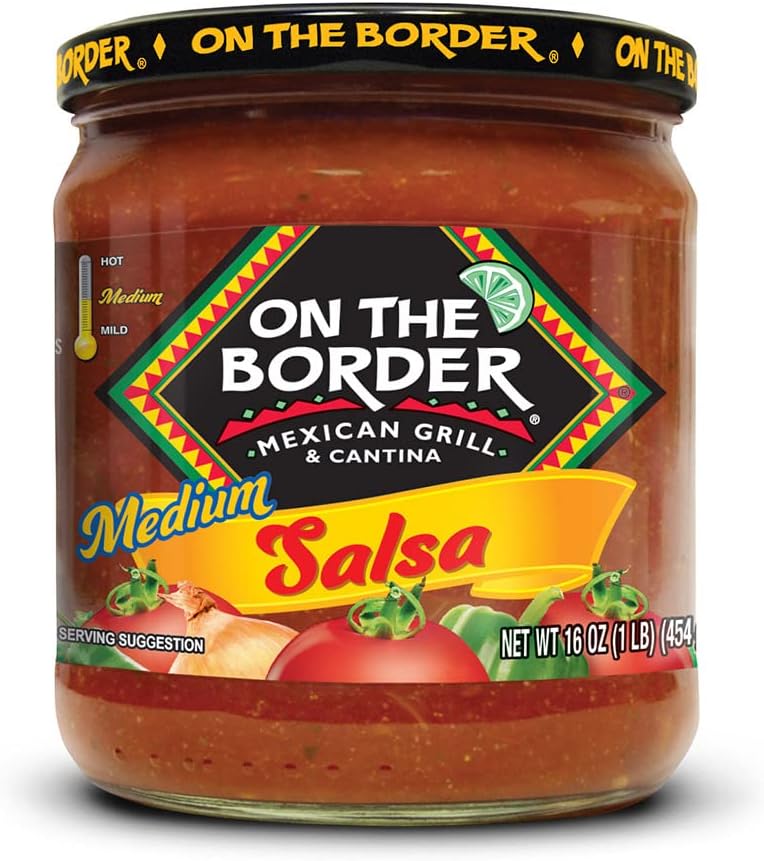
When it comes to adding a burst of flavor to your favorite dishes, salsa is the ultimate go-to condiment. But with so many options on the market, finding the best one can be a challenge. That’s why we’ve taken the guesswork out of it and ranked the top 15 bottled salsas you can buy, from tangy and mild to bold and fiery. Read More.
10 Practical Money-Saving Benefits of Decluttering Your Home

We all know that a cluttered home can be stressful and overwhelming, but did you know it can also cost you money? Decluttering isn’t just about creating a more organized and peaceful living space; it can actually have a significant impact on your finances. Read More.


